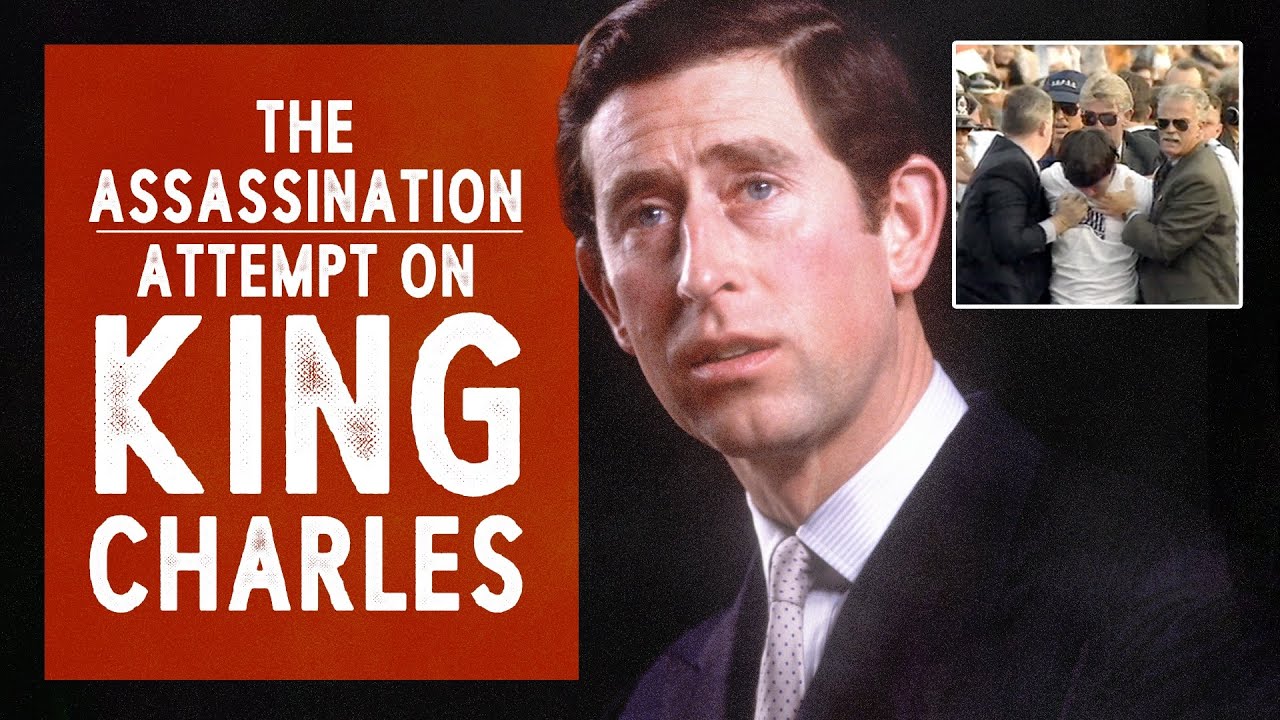In a digitized world where online streaming has become the primary medium for content consumption, two juggernauts—Google and YouTube—are increasingly attempting to siphon greater financial resources from their user base. This escalating tendency raises pertinent questions about the implications for consumers and the possible motivations behind such maneuvers.
At the forefront of this phenomenon is the advent of subscription services and premium content. YouTube recently expanded its offerings through YouTube Premium, which eliminates advertisements for subscribers while providing access to exclusive content. This shift raises concerns among users who are accustomed to free access; the underlying message is clear: free content is dwindling, compelling users to pay for uninterrupted viewing experiences. In essence, the amalgamation of quality and convenience is swaying the average consumer toward a subscription model, which does not come without its costs.
Moreover, Google has gradually intensified its focus on ad revenues across its platforms. Ads are now ubiquitous, infiltrating every corner of the internet experience. Consequently, while users may not directly subscribe to premium versions of services, they are unwittingly ensnared in a web of advertisements that demand their attention—and their money in the long run. The intrusion of digital ads has evolved into an insatiable beast, continuously devouring more of users’ time and, consequently, their wallets.
As these corporations strive to bolster their revenue streams, one cannot help but ponder the psychology behind this strategy. The intoxicating allure of status through consumption has permeated society; many individuals find themselves swayed by the prestige associated with the latest exclusive content. The exclusivity factor churns a curious fascination within consumers whose desire for belonging often masks the financial implications of their choices. One might argue that Google and YouTube have expertly tapped into the human instinct to differentiate oneself through curated content, ultimately creating a cycle of spending that is tough to break.
Furthermore, YouTube’s investment in original programming seeks to attract viewers who might otherwise turn to traditional media outlets. The palpable tension between old and new media is palpable, as streaming platforms wrestle with their competitors for audience share. This conflict manifests in strategic business decisions that often veer towards monetization at the cost of accessibility, shedding light on a deeper organizational philosophy that prioritizes profit margins over user experience.
As consumers navigate this tumultuous landscape, the pivotal challenge remains: how to balance the desire for high-quality content with the financial strain it may impose. The strategy employed by Google and YouTube indicates a broader transformation in media consumption—one that necessitates a careful reconsideration of what it means to engage with content in the modern age. As the dynamic continues to evolve, consumers are left to adapt, either acquiescing to the norm or resisting the tide of commodification that defines the future of digital interaction.
